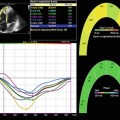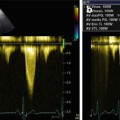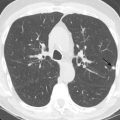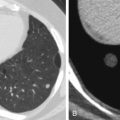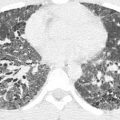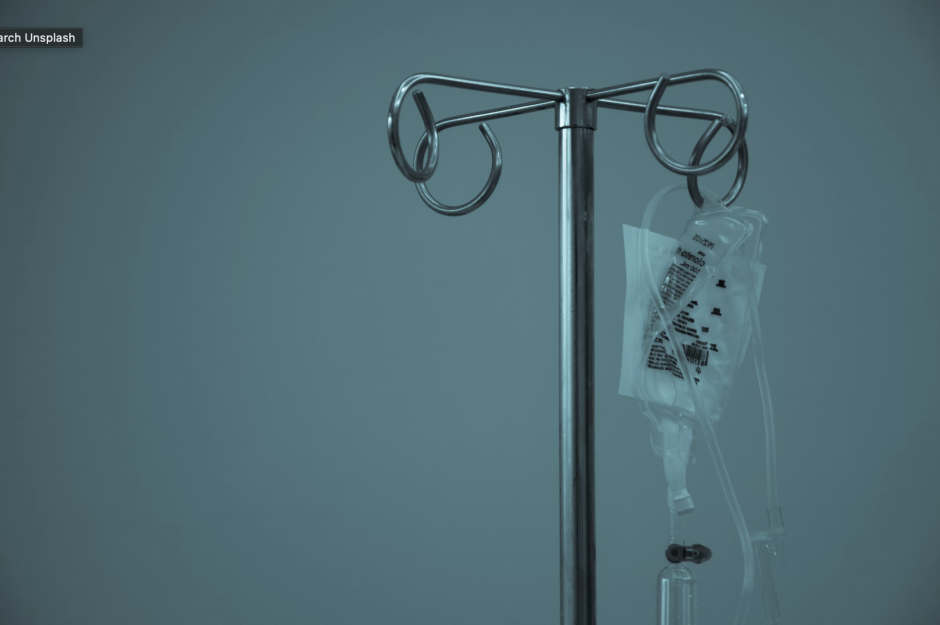
https://unsplash.com/photos/dextrose-hanging-on-stainless-steel-iv-stand-6pcGTJDuf6M
Each year, millions of Americans face the life-altering reality of a cancer diagnosis. In 2025 alone, an estimated 2,041,910 new cases and 618,120 cancer-related deaths are expected in the U.S.
While these figures are sobering, there is a hopeful trend: cancer mortality rates have been steadily declining. Much of that progress is due to the dedication of doctors, radiologists, nurses, and other healthcare professionals.
However, that hard-won progress is now in jeopardy. Behind every life saved is a tightly coordinated network of specialists delivering timely, high-quality care. But today, that workforce is showing signs of serious strain. Across nearly every corner of cancer treatment, critical shortages are beginning to emerge, threatening to reverse the gains we’ve made.
Let’s take a closer look at where the cracks are forming and what must be done to prevent them from widening.
The Aging Oncology Workforce and Uneven Access
Cancer care starts with the oncologist. However, data from the American Society of Clinical Oncology reveals a troubling demographic trend. Nearly one-quarter (23%) of oncologists are aged 64 years or older, while just 14% are under 40. This growing age imbalance signals a looming retirement wave that will leave significant gaps in care.
Even more concerning is geographic disparity. Only 10% of oncologists serve in non-metro areas, leaving millions in rural communities with limited or delayed access to specialists. These patients often have to travel hours for treatment or settle for suboptimal local care. This urban-rural divide adds an extra layer of inequity to an already complex disease.
Radiology’s Vanishing Workforce
Imaging plays a critical role in cancer detection and monitoring. But radiologists, the experts behind CT scans, MRIs, and mammograms, are also disappearing from the workforce at alarming rates. According to workforce supply studies, radiologists began leaving the field at a 50% higher rate starting in 2020 due to the impact of COVID-19.
To put this in perspective, if attrition rates had stayed at pre-pandemic levels, the outlook would be very different. By 2055, the U.S. would have 3,116 more radiologists than we’re currently on track to have. That shortfall affects not just cancer detection but timely diagnosis for a wide range of conditions.
Radiologists, once considered insulated from frontline pressures, are now facing burnout and overwhelming workloads. The strain is worsened by growing administrative demands and the need to compensate for a shrinking team.
Nurses: The Backbone That’s Starting to Crack
Of course, none of this works without oncology nurses. These compassionate, skilled professionals administer treatments, monitor side effects, and offer vital emotional support to patients and their families. But this crucial link in the care chain is under severe strain.
According to Oncology Nursing News, the U.S. is projected to face a shortage of 200,000 to 450,000 oncology nurses by 2025.
This shortage is worsened by high turnover rates. Many new nurses leave within their first year due to stress, emotional exhaustion, and feeling unprepared for the challenges of cancer care.
Addressing this challenge means we need more nurses. We also need to expand the number of nurse educators who train and prepare new nurses for the field. These educators develop curriculum, mentor future oncology nurses, and advance research in patient care. If you’re a nurse looking to contribute to the next generation of cancer care, nursing PhD programs online offer a flexible option.
Wilkes University notes that this lets you pursue your education without putting your career on hold. These programs are designed with working professionals in mind and could make a significant impact in filling the educator gap.
When Life-Saving Medications Aren’t There
Beyond staffing, a more urgent and personal crisis is unfolding: a shortage of cancer drugs. This problem is becoming common across the U.S. For example, in 2023, cancer centers struggled to obtain more than a dozen essential oncology and supportive care drugs, according to Medscape. These shortages are not just inconvenient, they can be life-threatening.
Consider the story of Laura Bray and her daughter Abby, as reported by USA Today. In 2018, 9-year-old Abby was diagnosed with leukemia. Doctors told Laura her daughter had a 90% chance of survival if she completed a three-year chemotherapy regimen.
But there was one terrifying complication: the critical drug needed to kickstart Abby’s treatment was suddenly in short supply. Although they eventually found the medication, Abby later faced shortages of two additional drugs during her treatment.
Their experience is far from unique. Thousands of families across the country have endured similar struggles due to a broken supply chain for pediatric cancer drugs.
Despite ongoing efforts from advocacy groups to improve coordination between manufacturers, distributors, and hospitals, progress has been slow. The frustration and sadness surrounding these shortages continue to weigh heavily on patients, families, and healthcare providers alike.
Where Do We Go From Here?
Addressing these shortages is not just a staffing issue, it’s a public health priority. Solving it will require coordinated efforts, including:
- Investment in training programs for radiologists, oncologists, and nurses
- Incentives for professionals to work in rural and underserved communities
- Strengthening the drug supply chain to ensure uninterrupted access to essential medications
- Bolstering mental health and retention programs to reduce burnout and turnover
FAQs
Could artificial intelligence replace some roles in the cancer care workforce?
AI can assist with image analysis and data management, but cannot replace human judgment, empathy, or complex decision-making. While AI can quickly process vast amounts of data, it lacks the nuanced understanding that clinicians provide. It serves as a tool to enhance efficiency, allowing healthcare professionals to focus more on patient care.
What should patients do if their treatment is affected due to a drug shortage?
Patients should discuss any concerns about drug availability or treatment changes with their healthcare provider or pharmacist. Providers can offer alternatives or strategies to manage the shortage. Patients are encouraged to stay informed and seek support from cancer care teams to navigate treatment adjustments safely.
What specialized training do oncology nurses receive compared to general nurses?
Oncology nurses undergo additional education focused on cancer biology, chemotherapy administration, symptom management, and psychosocial support. They also receive training in handling the side effects of treatments and recognizing complications early. This specialized knowledge enables them to address the complex needs of cancer patients effectively.
Overall, there is no doubt that we’ve made real progress in the fight against cancer. But without a strong workforce and reliable treatment systems, that progress could stall or even reverse. We owe it to every patient and their families to fix what’s broken, strengthen what’s weak, and support the people who make healing possible.
Stay updated, free articles. Join our Telegram channel

Full access? Get Clinical Tree


